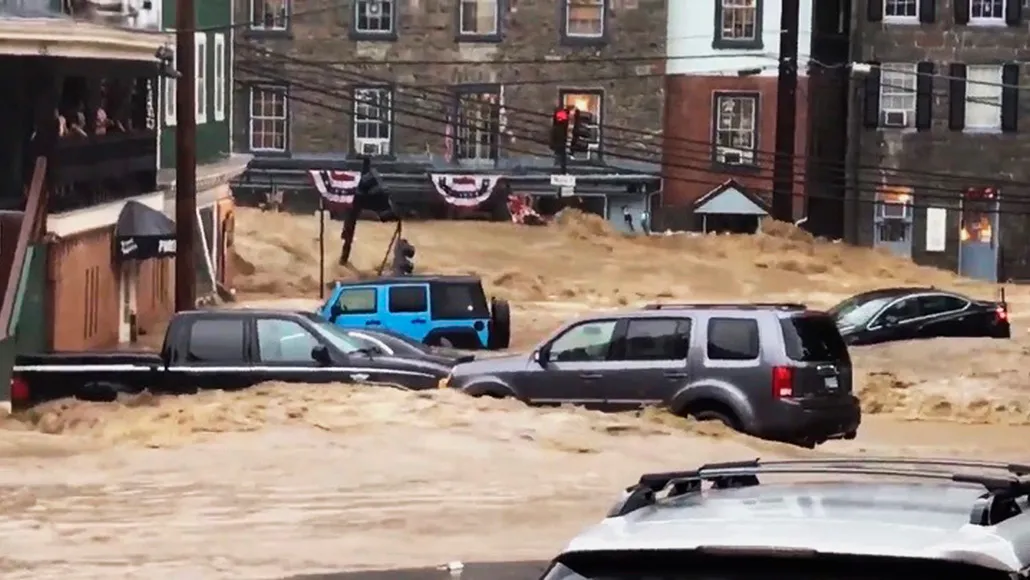Fingerprints of climate change are increasingly appearing in extreme weather
Fires, floods and vanishing sea ice are among the 2018 disasters attributed to human activity

Flash flooding on May 27, 2018, turned Main Street in Ellicott City, Md., into a river. The heavy rains throughout much of 2018 that led to the mid-Atlantic region’s floods were made more likely by human-caused climate change, scientists say.
Libby Solomon/The Baltimore Sun via AP